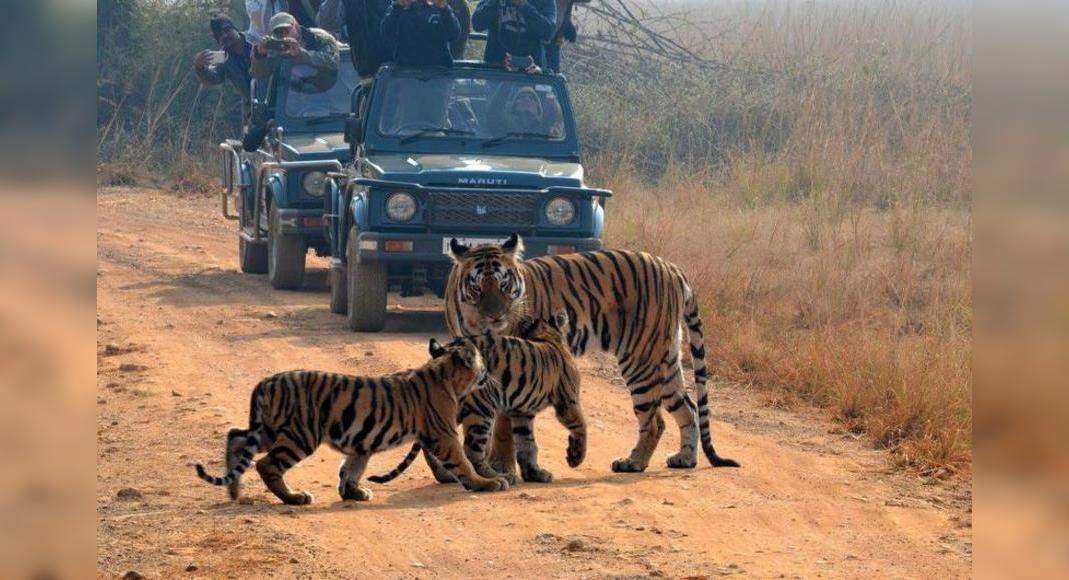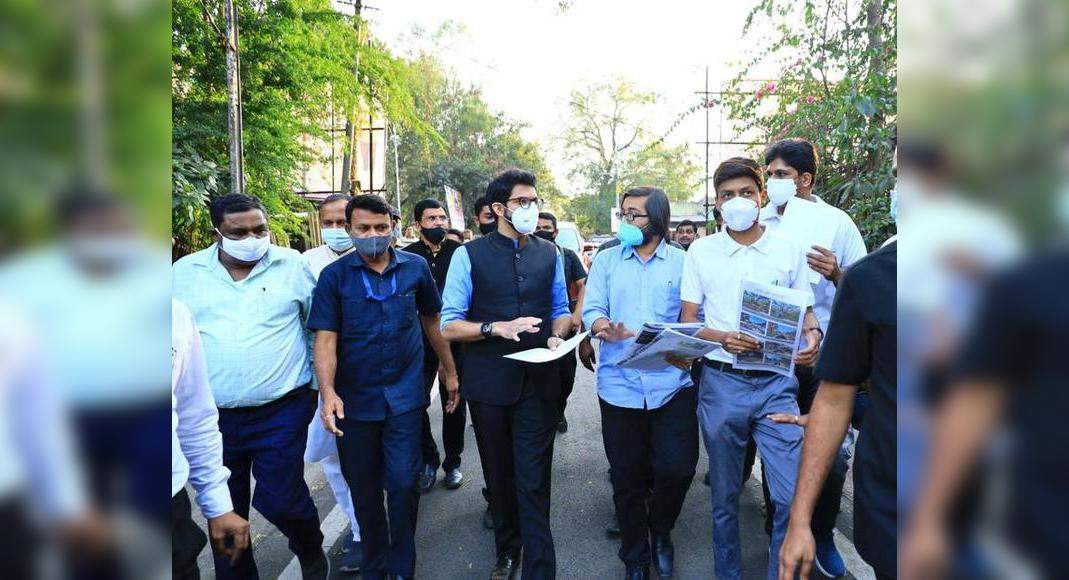Nagpur: A global report released on Thursday by World Wildlife Fund (WWF) and United Nations Environment Programme (UNEP) has said that human-wildlife conflict (HWC) is one of the greatest threats to wildlife species.
It called for maintaining connectivity for wildlife through human-dominated spaces as many species have adapted to exploit and utilize these areas, bringing difficult deliberations and delicate negotiations about land-sharing and land-sparing to the forefront.
“The future of coexistence, thus, requires enabling wildlife persistence within human-dominated landscapes while substantially and sustainably reducing risks and costs for people and wildlife.
Integrating HWC management with land use planning programs and social and environmental safeguard systems, such as social and environmental impact assessments can decrease negative impacts of development activities,” the report said.
The report calls for a new linear infrastructure projects to consider connectivity and the requirements of wildlife to decrease negative impacts.
The conflict between people and animals raiding farms for food and water to preying on cattle is one of the main threats to the long-term survival of some of the world’s most emblematic species, it warns.
When struggles arise from people and animals coming into contact, it often leads to people killing animals in self-defence or as pre-emptive or retaliatory killings, which can drive species to extinction.
The report – ‘A future for all-the need for human-wildlife co-existence — featured contributions from 155 experts from 40 organizations based in 27 countries, highlights that globally, conflict-related killing affects more than 75% of the world’s wild cat species, besides many other terrestrial and marine carnivore species such as polar bears and the Mediterranean monk seals and large herbivores such as elephants.
In India, data from the MoEFCC indicates that over 500 elephants were killed between 2014-2015 and 2018-2019, most related to human-elephant conflict.
During the same period, 2,361 people were killed as a result of conflict with elephants.
“In Chandrapur district alone 26 people have died in wild animal attacks this year,” said forest officials.
“Within a human lifetime, we have already seen extraordinary and unparalleled changes to our planet.
Global wildlife populations have fallen an average of 68% since 1970,” says Margaret Kinnaird, Global Wildlife Practice Leader at WWF International.
“This report is a clarion call to elevate the problem of human-wildlife conflict and give it the attention it deserves in national and international processes,” says Susan Gardner, director, UNEP’s Ecosystems Division.
The report says India faces an increasing challenge of HWC, which is driven by development pressures.
With the world’s second-largest human population along with the largest wild populations of tigers, Asian elephants, one-horned rhinos, Asiatic lions, and other globally threatened species, India faces urgent problems of HWC that must be addressed to achieve a socially just form of conservation.
India’s elephants probably embody the problem the best.
Elephants in India are restricted to just 3-4% of their original habitat, with their remaining range plagued by deforestation, invasive species, and climate change.
This is pushing elephants to seek resources outside of forests and protected areas.
As a result, marginalized people face the brunt of elephants’ increasing reliance on crops.
As many as 500 people are killed by elephants and thousands of families facing crop and property loss to elephants annually.
The report says that completely eradicating human-wildlife conflict is not possible but that a well-planned, integrated approaches to managing it can reduce conflicts and lead to a form of coexistence between people and animals.
Such approaches require work on prevention, mitigation, response, research, and monitoring, all backed by strong policy support and the participation of local communities.
The report also highlights how accelerated habitat fragmentation and land-use change shape, where and how much humans and wildlife interact in India’s densely populated landscapes – highlighting both possibilities and limits of tolerance and space-sharing.
“Despite being so strongly linked to the sustainable development goals (SDGs), human-wildlife conflict continues to be overlooked by policymakers.
If HWC is not adequately addressed by the international community, WWF believes it will have a considerable negative impact on countries’ ability to meet the majority of the SDGs,” says Dr Kinnaird.
“If the world is to have a chance of meeting the SDGs by the 2030 deadline, human-wildlife conflict must be explicitly included in SDG implementation plans, as well as at the heart of the Convention on Biodiversity’s the new framework,” the report said.





